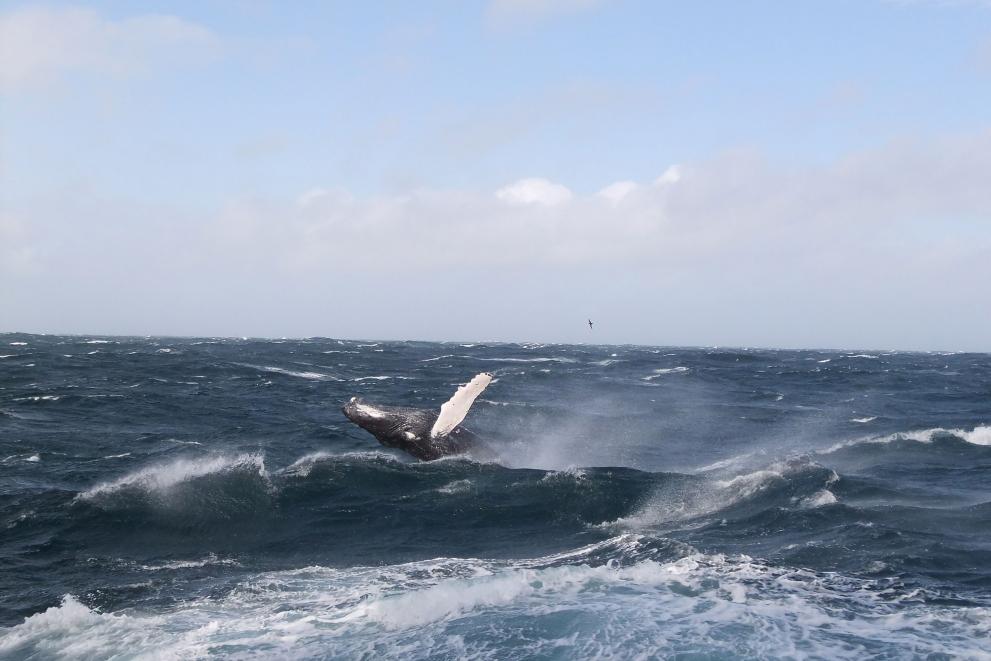
Have you ever wondered what whales and dolphins hear in the depths of the ocean? Does it change with the seasons? These are just some of the questions behind an EU-funded underwater noise study led by Marine Scotland Science off the west coast of Scotland.
For the first time, researchers used underwater microphones to record whales and dolphins. They captured a vast soundscape of whale songs, as well as the clicks and whistles that cetaceans use for echolocation. There was also underwater noise from ships and smaller vessels that can potentially disturb whales, dolphins, and other marine mammals. An aerial survey of the area complemented the study, bringing a better understanding of the migratory patterns of cetaceans and seabirds.
Marine Scotland Science (MSS), a directorate of the Scottish Government in the UK, tasked the Scottish Association for Marine Science (SAMS) to tackle the passive underwater acoustic monitoring part of the study, while the Centre for Research into Ecological and Environmental Modelling (CREEM) carried out the digital aerial survey. Scientists from the University of Plymouth were also involved in the project.
Mapping migration patterns for better marine environment management
The underwater acoustic monitoring took place in the deep waters west of the Scottish islands of the Outer Hebrides and St Kilda.
The study will help guide conservation work and measures to protect wildlife around marine energy projects, which can now take into consideration the presence and migratory patterns of marine mammals.
Researchers have gained a better understanding of the distribution and seasonality of marine species. This knowledge will help shape marine management processes, including Natura 2000 sites. It will also provide valuable information for policy and licensing decisions related to maritime spatial planning, including offshore energy production.
The funding available via the European Maritime and Fisheries Fund (EMFF) has enabled us to gather key information on the distribution and abundance of cetaceans and seabirds, which will help us to manage our marine environment in a sustainable manner,
said a Scottish Government spokesperson.
As well as recording the mammals, the microphones also detected the sound of human activities, such as fishing vessels and shipping. Other underwater sounds recorded include the wind, the rain, and the tides, military sonars and a live NATO firing exercise.
Combining innovative technologies
The study was conducted using ten hydrophones (underwater microphones) lowered to the depths of between 60 and 175 metres, covering an area from the isles of Lewis and Barra to the west of St Kilda. More than 12 terabytes of data were gathered from the array of microphones.
The recordings include the sounds of dolphins and fin, minke, humpback and sei whales. As oceans grow warmer, more species adapted to warmer waters come north in search of prey on their migration routes.
The project allows for the detection and mapping of species as they move around over time. It also brings a better understanding of how we can protect cetaceans from the current threats, such as entanglement in fishing gear and the negative effects of ocean noise pollution.
More information
Website of Marine Scotland Science
Did you like this story?
Then also check out the Euronews Ocean episode on underwater sound
Details
- Publication date
- 30 June 2023 (Last updated on: 3 July 2023)
- Author
- Directorate-General for Maritime Affairs and Fisheries




